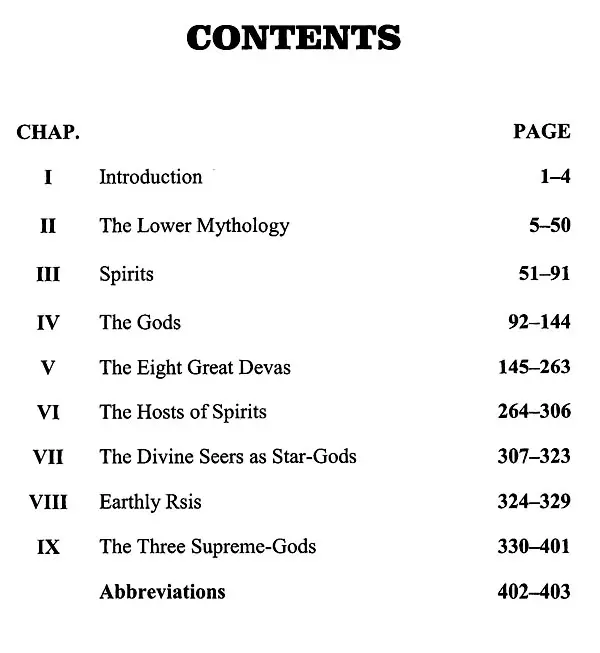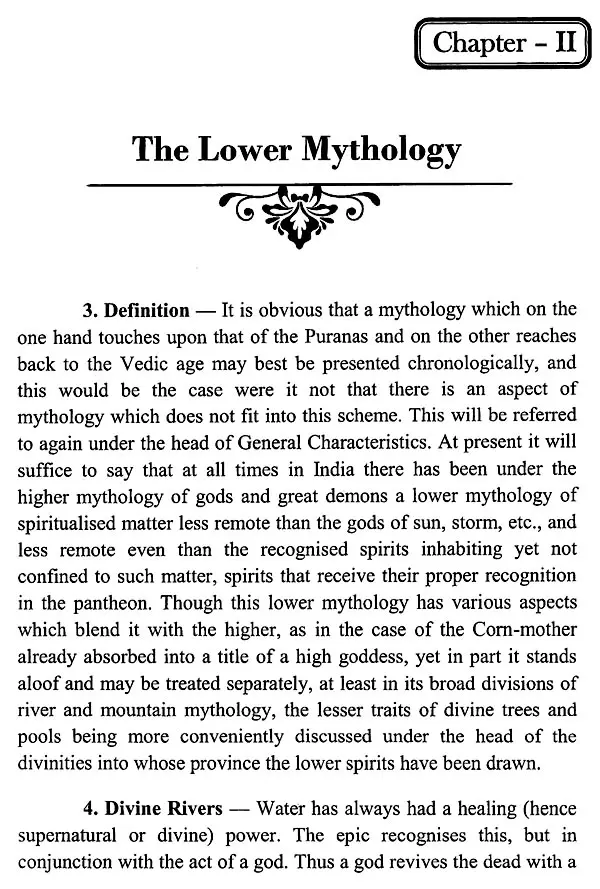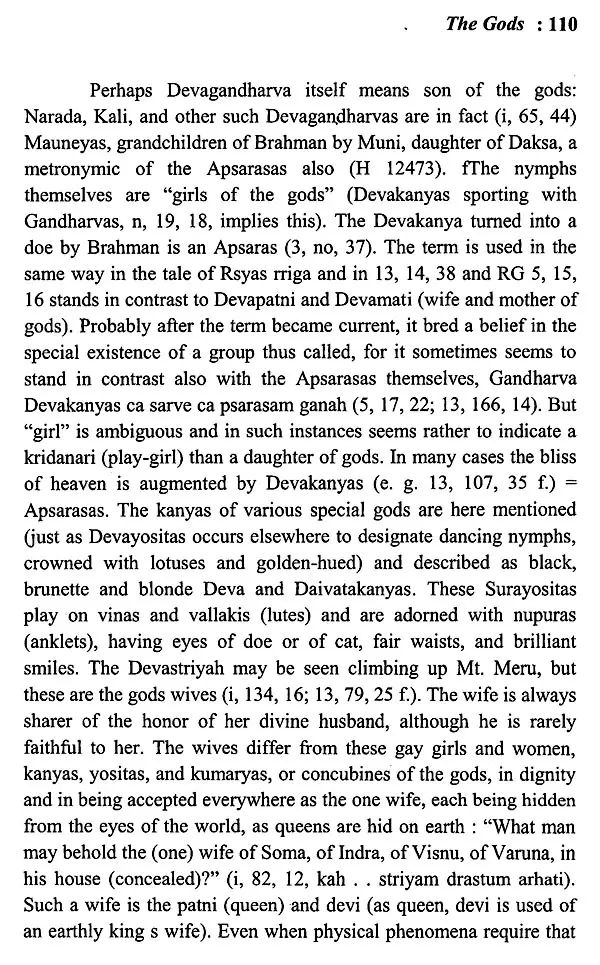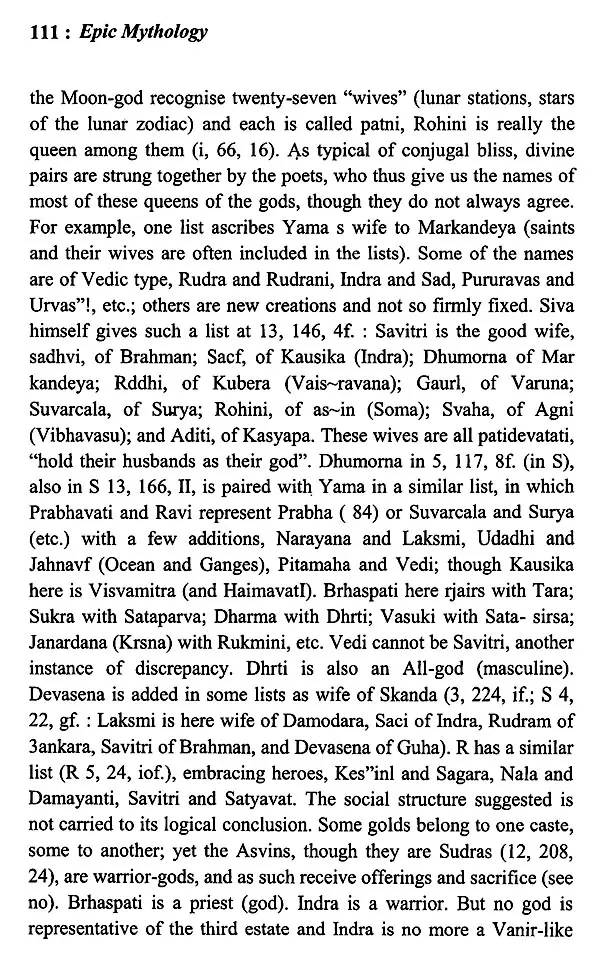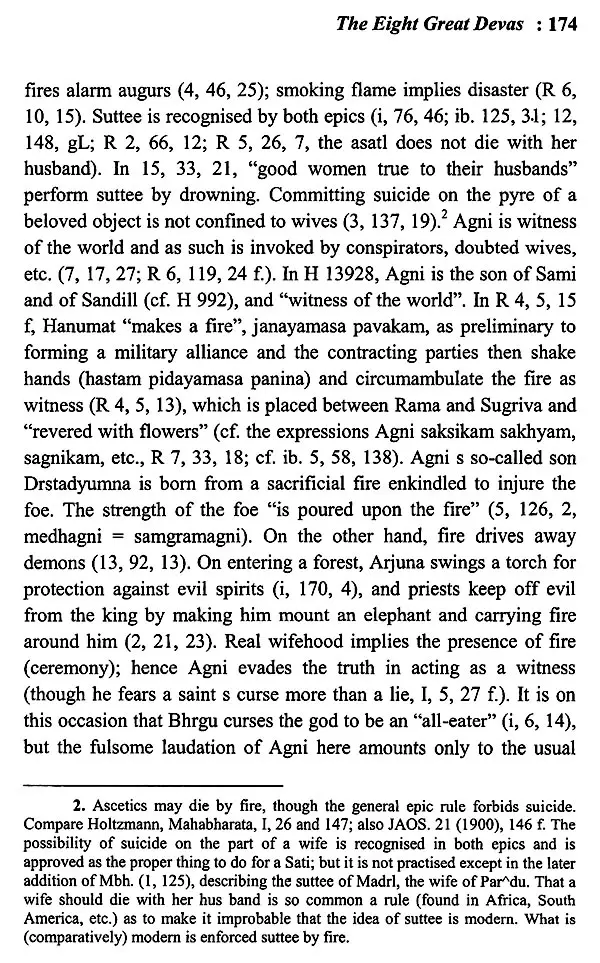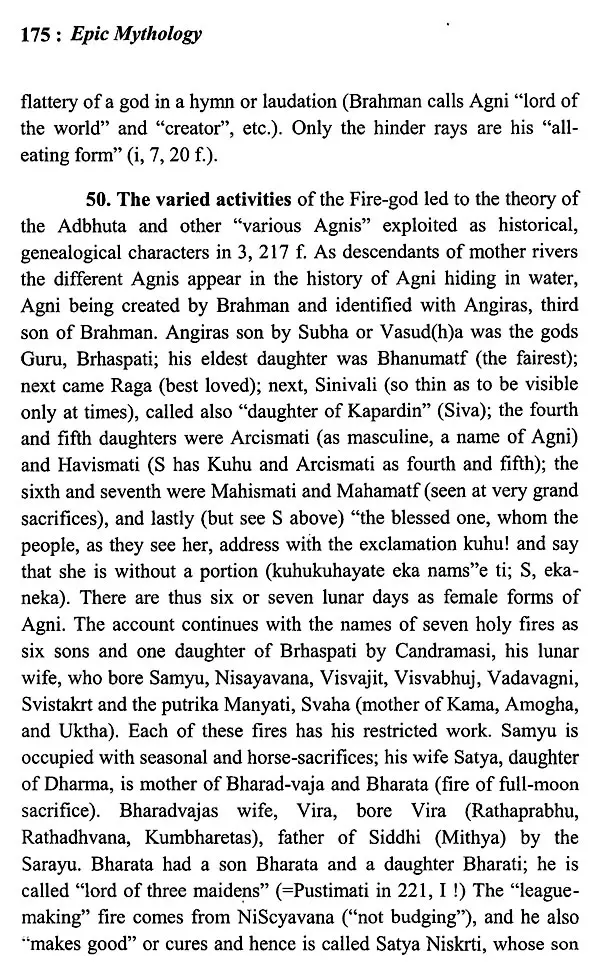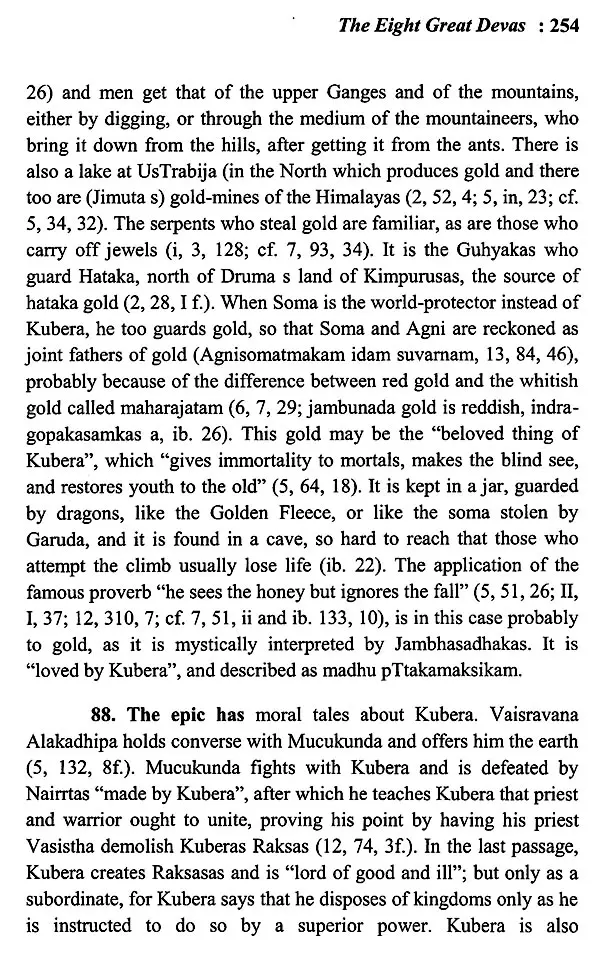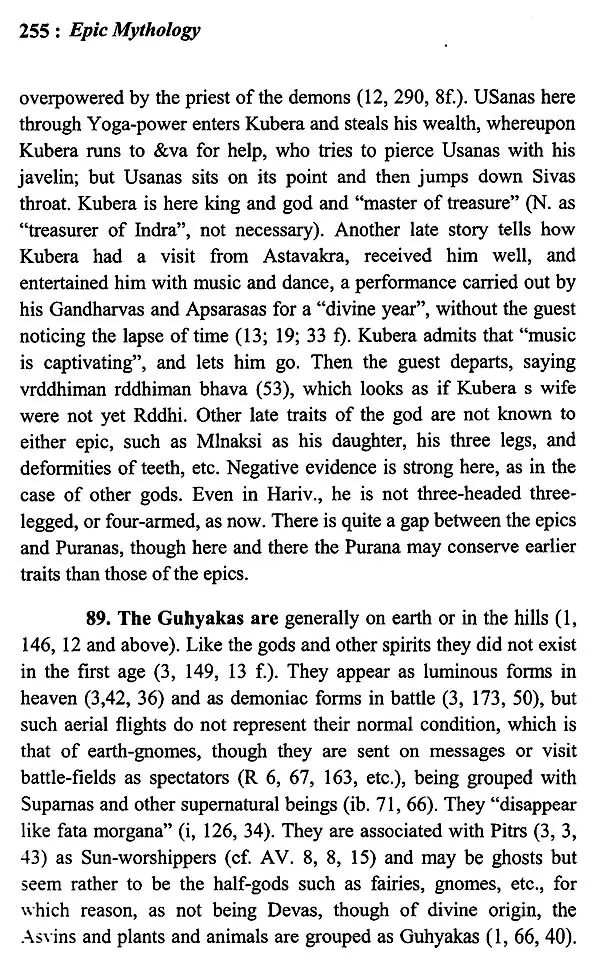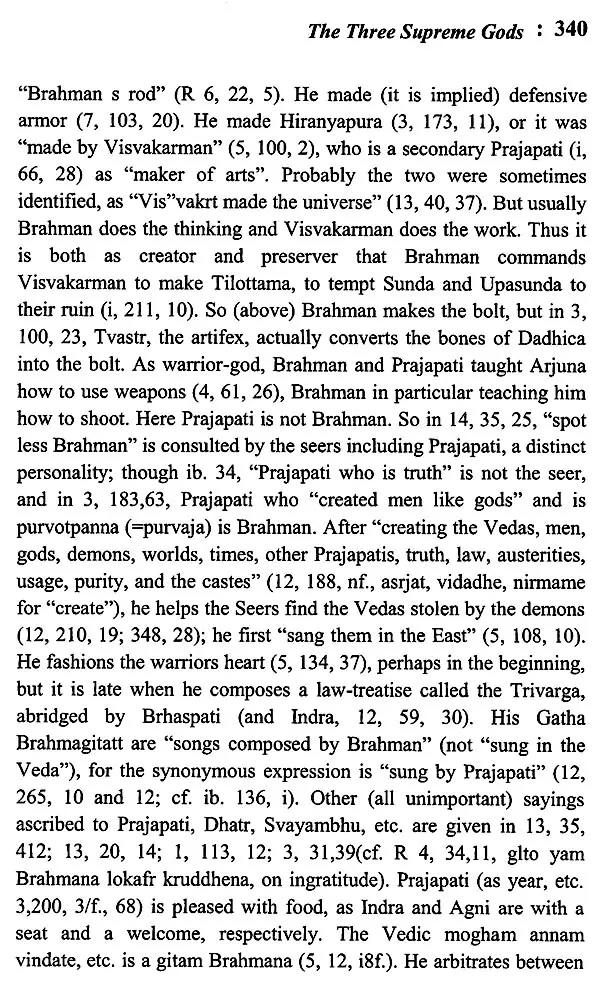
Epic Mythology
Book Specification
| Item Code: | UAN041 |
| Author: | E. Washburn Hopkins |
| Publisher: | Prachya Vidya Bhawan, Varanasi |
| Language: | English |
| Edition: | 2018 |
| ISBN: | 9789387306059 |
| Pages: | 406 |
| Cover: | HARDCOVER |
| Other Details | 9.00 X 6.00 inch |
| Weight | 580 gm |
Book Description
The mythology of the two epics of India represents in general the belief of the people of Northern India along the lower Ganges within a few centuries of the Christian era. For the Mahabharata the time from 300 B.C. to 100 B.C. appears now to be the most probable date, though excellent authorities extend the limits from 400 B.C. to 400 A.D.
Epic mythology, however, is fairly consistent. There is no great discrepancy between the character of any one god in Mbh. and that of the same god in R. Nor is the character of gods very different in different parts of Mbh., save for the sectarian tendency to invert the positions of the three highest gods in favor of the sect. There are of course differences, but not such as to imply that we are dealing with totally diverse conceptions or traditions. In both epics the older gods are reduced in estate, in so far as they represent personifications of nature; in both, new gods are throned above the old.
The conception Deva, god, embraces all spiritual characters, as it is said, "the gods beginning with Brahman and ending with Pisacas" (Brahmadayah Pisacanta yam hi deva upasate), but loosely, so that in the very clause thus specifying the host of gods, Siva, as the greatest god, is set in antithesis to them all as the one being through devotion to whom even Krisna-Visnu pervades the universe. Nor is the world of men without close kinship with the gods, who descend to earth and are reborn as mortals. Not Visnu alone but those who worship him become earthly Avatars.
1. Date of Epic Poetry The mythology of the two epics of India represents in general the belief of the people of Northern India along the lower Ganges within a few centuries of the Christian era. For the Mahabharata the time from 300 B.C. to 100 B.C. appears now to be the most probable date, though excellent authorities extend the limits from 400 B.C. to 400 A.D. The Mahabharata as a whole is later than the Ramayana; but R is metrically more advanced, the work of one author, a skilled metrician, who has improved the rougher epic form of the Mahabharata, as his work represents a lifeless rude than that depicted in the great popular epic, this being the work of many hands and of different times. Both epics have received long additions. The germ of the Mahabharata has been referred to the Vedic period and the Ramayana has been assigned to pre-Buddhistic times (its germ also recognised as Vedic), but the data, in part negative, oppose the assumption that either epic poem existed before the fourth century B. C. Discussion is futile without a careful definition of the word "germ". That the Ramayana was the norm, according to which the Mahabharata was built, or that the Ramayana was completed as it is today (barring the first and last books) before the Mahabharata was begun, are theses impossible to establish. The Ramayana has two flagrant additions, books one and seven.
Book's Contents and Sample Pages
